7 Tips to Know About Top Things to Know Before Buying Beautiful House Plants
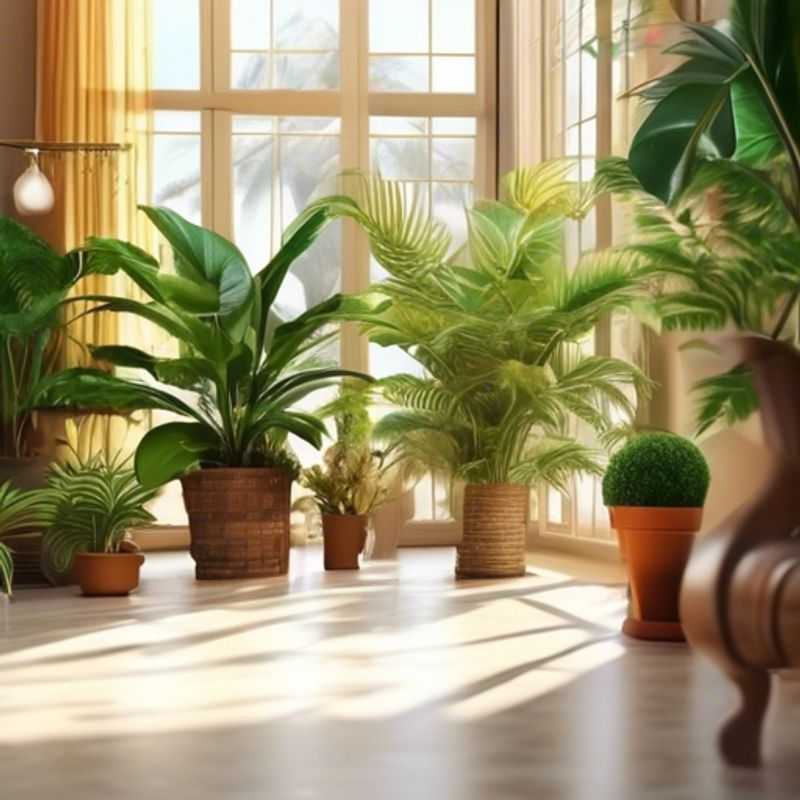
7 Crucial Tips Before Bringing Home Your Next Houseplant: A Guide to Plant Parenthood
Bringing the beauty of nature indoors with houseplants is a wonderful way to enhance your living space, but it's important to approach it with a bit of knowledge and planning. Just like any engineering project, caring for plants requires understanding their needs and providing them with the right environment to thrive. Here are seven crucial tips to consider before welcoming those leafy companions into your home:
1. Research the specific care requirements for each plant species. Just like different engines require different fuel and maintenance, each plant has its unique needs.

Decoding Plant Needs: Researching Specific Care Requirements for Each Species
Diving into the world of plant care can feel overwhelming, but it's all about understanding the specific needs of each species. Research is your best friend. A little time spent exploring a plant's native habitat and growth habits can make a huge difference in its health and longevity.
Light is crucial. Does your plant thrive in full sun, dappled shade, or low light conditions? You'll want to select a location in your home or garden that matches its needs.
Water is another critical factor. Some plants prefer consistently moist soil, while others thrive on infrequent, deep watering. Overwatering is a common problem, so always allow the top inch of soil to dry out before rewatering.
Soil provides the foundation for your plant's growth. Different species have varying preferences for soil type and pH. Consider using a well-draining potting mix for indoor plants, or amending your garden soil to create a hospitable environment.
Temperature can also play a significant role. Some plants are sensitive to cold temperatures, while others thrive in warmer climates. Knowing your plant's ideal temperature range helps you choose the right spot for it.
Fertilizer can provide essential nutrients, but don't overdo it. Over-fertilizing can harm your plant. Stick to a balanced fertilizer and follow the recommended instructions.
Pruning is essential for maintaining the health and shape of your plants. Regular pruning encourages new growth and can help prevent diseases.
Remember, research is key. Don't be afraid to ask questions and learn from others. With a little effort and understanding, you can create a thriving collection of beautiful, healthy plants.
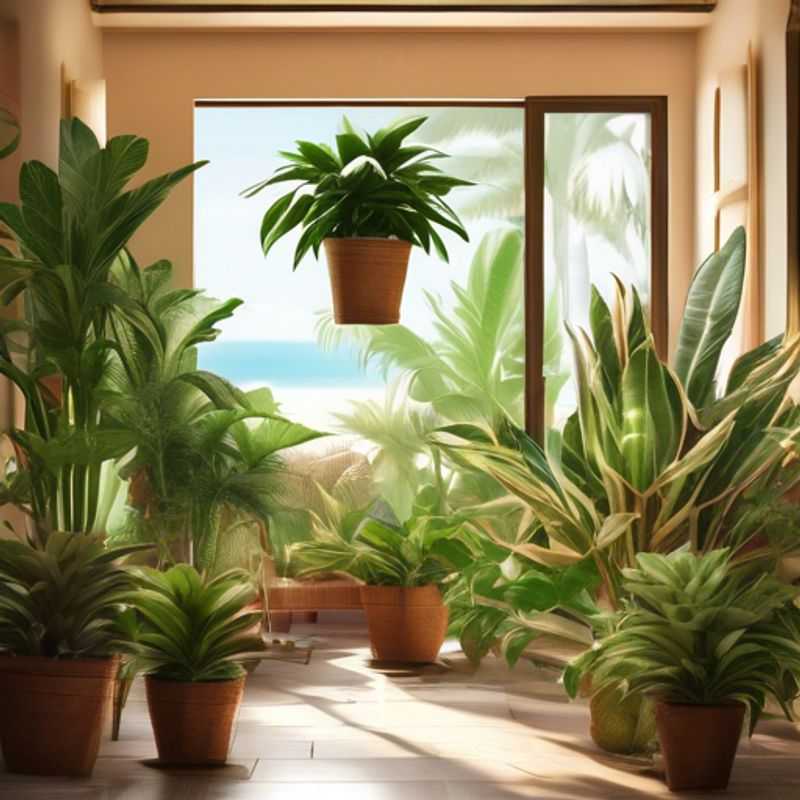
Sunlight, Water, and Space: Essential Considerations for Plant Success
Knowing the basic needs of your plants is crucial for their success. One of the most important aspects is understanding their sunlight requirements. Different plants thrive in varying amounts of light. Some prefer full sun, others partial shade, and some even do well in shady conditions. It’s essential to research the specific needs of your chosen plants to ensure they receive the right amount of sunlight.
Watering is another key element. Too much or too little water can harm your plants. Some plants require frequent watering, while others prefer drier conditions. Understanding your plant's water needs will help you create a watering schedule that keeps them healthy.
Finally, space is also a crucial consideration. Each plant needs enough room to grow and spread its roots. Overcrowding can lead to competition for resources and ultimately affect the plant's health. Before planting, consider the mature size of your plants to ensure they have adequate space.
Remember, consistent monitoring and observation are key to understanding your plant's needs. By paying attention to their growth patterns and overall appearance, you can make informed decisions about their care and ensure their optimal development.
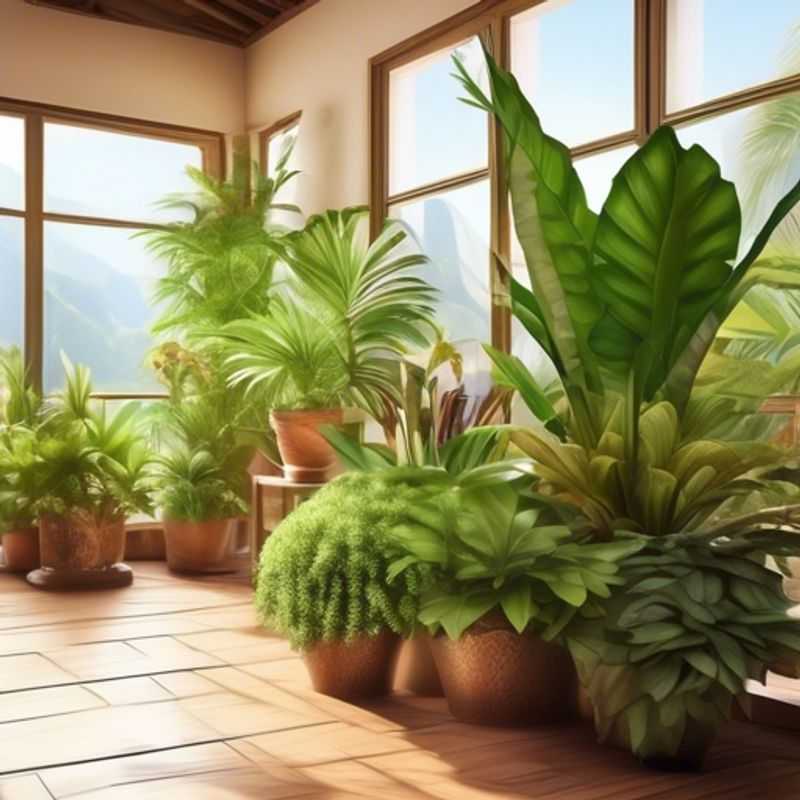
Finding Healthy, Pest-Free Plants: A Guide to Reputable Nurseries and Garden Centers
Choosing healthy plants is crucial for a thriving garden. Reputable nurseries and garden centers are your best bet for finding pest-free, vigorous plants. These businesses often have knowledgeable staff who can guide you in selecting the right plants for your specific needs and climate. They also implement practices to ensure the health of their plants, reducing the risk of introducing pests or diseases to your garden.
When visiting a nursery, look for plants that are free of visible pests, diseases, or damage. Healthy plants will have vibrant, lush foliage, strong stems, and well-developed root systems. Be wary of plants that show signs of stress, such as wilting, yellowing leaves, or patches of discoloration.
Ask the nursery staff about their pest control practices. Reputable nurseries will have established protocols to prevent and manage pests. They may also provide information about proper care and maintenance, helping you keep your new plants thriving after you bring them home.
While choosing healthy plants from reputable sources is a key step, it’s essential to continue preventative measures in your garden. This can include regular inspections for pests, proper watering techniques, and appropriate soil amendments to support healthy growth. By being vigilant, you can minimize the risk of pest infestations and enjoy a flourishing garden.
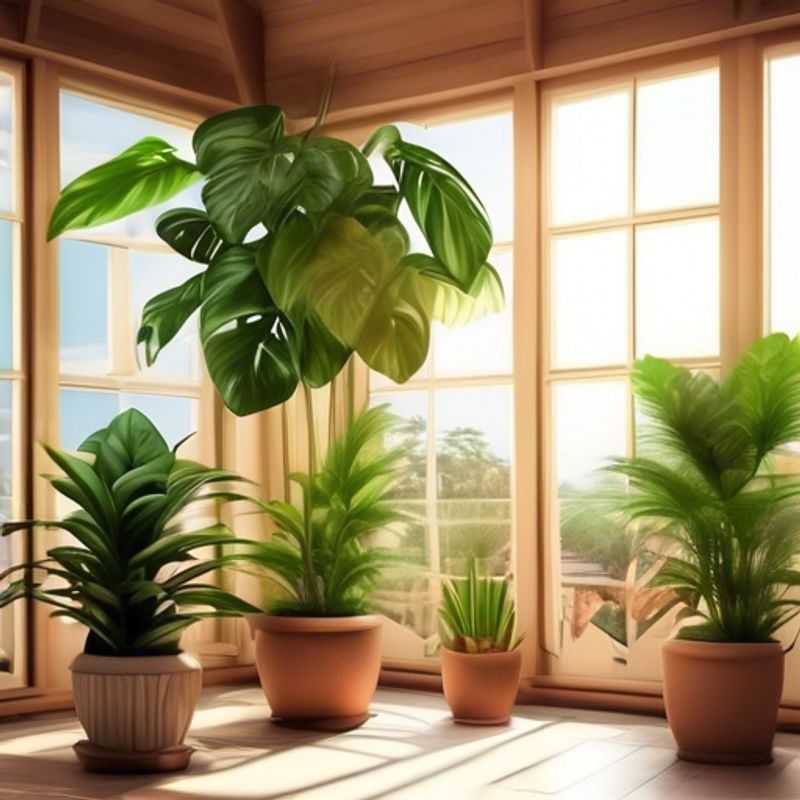
Happy Plants, Happy You: Mastering Pot Size and Soil Selection
Choosing the right pot size and soil type is crucial for your plants' health and growth. Think of it as giving them the perfect home!
Pot Size: A pot that's too small can restrict root growth, while one that's too large can lead to soggy soil and root rot. Aim for a pot that's just slightly bigger than the plant's root ball.
Soil Type: Different plants have different soil preferences. Some like acidic soil, others prefer alkaline. Consider your plant's specific needs and choose a soil mix accordingly. You can find this information online or at your local garden center.
Here's a quick rundown:
For most plants, well-draining soil is essential. This means the soil allows excess water to flow through easily, preventing root damage. Look for potting mixes that contain ingredients like peat moss, perlite, or vermiculite, which help improve drainage.
Always check the soil moisture level before watering.Stick your finger into the soil – if it feels dry an inch down, it's time to water.
Repotting is important! As your plant grows, it may need a larger pot to accommodate its expanding root system. Repotting should be done in the spring or summer when the plant is actively growing.
By understanding the basics of pot size and soil type, you'll be well on your way to creating a thriving garden. Happy planting!
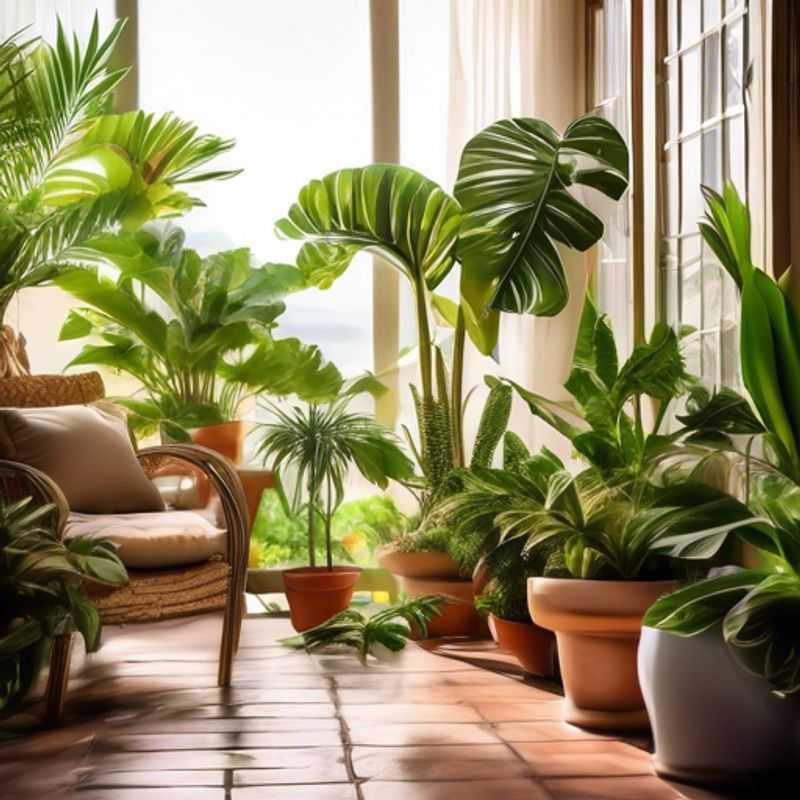
Repotting and Transplanting Plants: A Guide to Happy Growth
Repotting your plants is crucial for their healthy growth. As your plants mature, they outgrow their existing pots, needing more space for roots and nutrients. This process, called repotting, involves transferring your plant to a larger container.
When repotting, choose a pot that's just slightly larger than the current one. Too large a pot can lead to overwatering and root problems. Fill the new pot with fresh, well-draining potting mix, ensuring it's appropriate for your plant's needs.
Gently remove your plant from its current pot, being careful not to damage the roots. If the roots are circling around the pot (rootbound), gently loosen them before placing the plant in the new pot. Add more potting mix around the roots and water thoroughly.
Repotting is best done during the growing season, typically spring or early summer. Avoid repotting during cold weather or when the plant is stressed, as this can hinder its ability to adapt.
Repotting isn't always necessary. If your plant seems healthy and isn't showing signs of being rootbound, you can simply top-dress the existing potting mix with fresh soil instead.
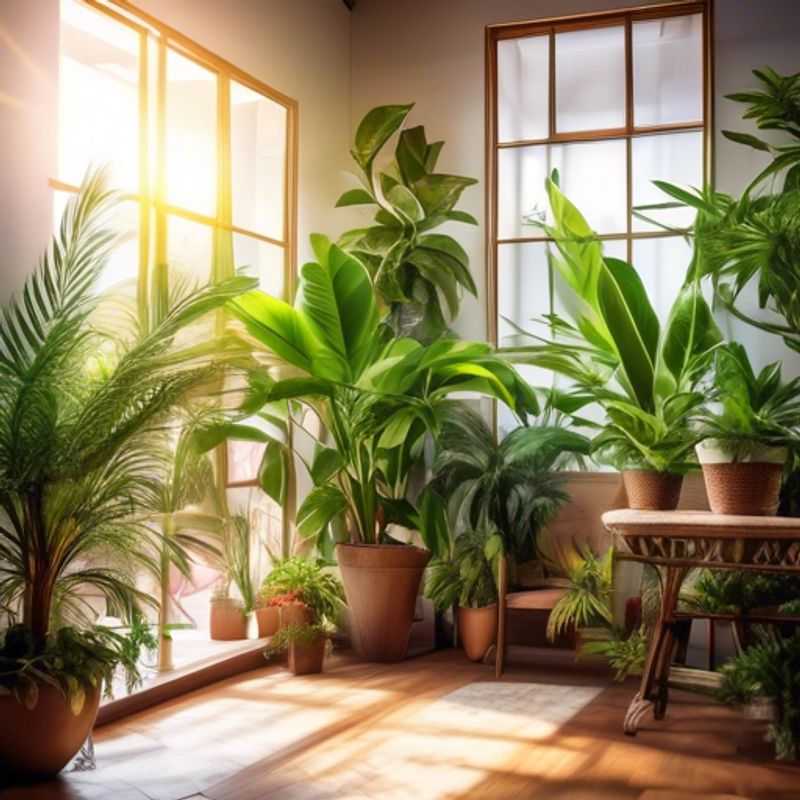
Crafting the Perfect Watering Schedule: A Guide to Happy, Hydrated Plants
Creating a watering schedule is crucial for plant health. It's a bit like providing them with a personalized hydration plan. Understanding your plants' needs is paramount. Factors like plant type, pot size, soil type, and local climate all influence their water requirements. You might find yourself checking the soil moisture regularly, especially during the initial weeks, to get a feel for how often they need a drink.
Once you have a better understanding of your plant's thirst, develop a regular watering routine. This could be daily, every other day, or even weekly, depending on the plant. Consistency is key, as it helps your plants establish a healthy root system. However, don't be afraid to adjust as the seasons change, as the needs of your plants will vary. Summer heat and winter chill can significantly alter their water requirements.
A good rule of thumb is to water deeply but infrequently. This encourages the roots to grow deeper, making them more resilient to drought. Always check the soil moisture before watering, and don't be afraid to let the top inch of soil dry out between waterings. Avoid overwatering, as it can lead to root rot.
Pay attention to the signs your plants are giving you. Wilting leaves, dry soil, or even yellowing foliage can all indicate a need for more water. Conversely, soft, mushy stems or a foul odor from the soil could signify overwatering. Adjust your watering schedule as needed to keep your plants happy and healthy.
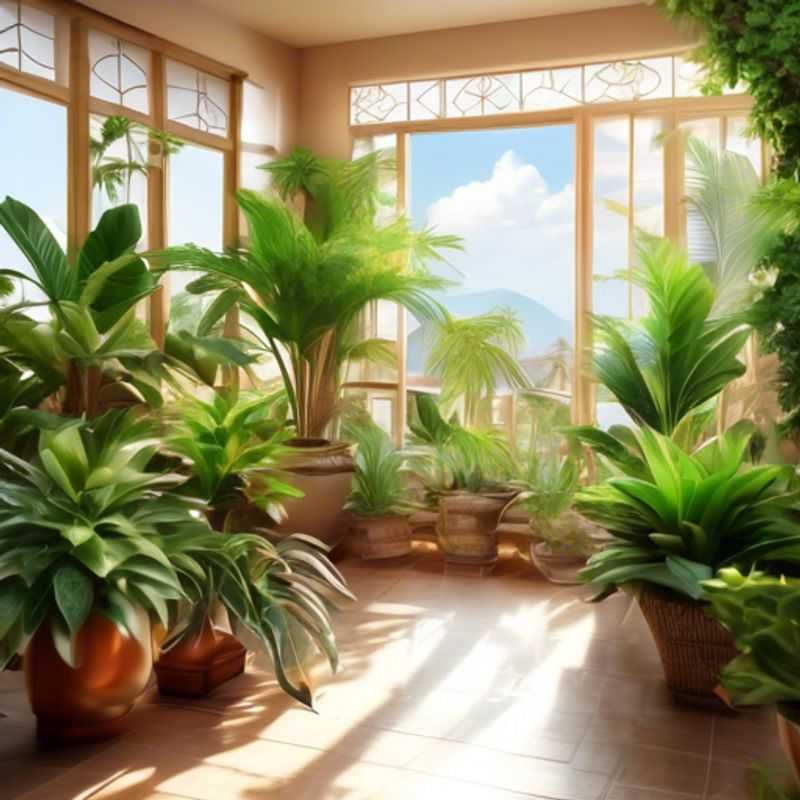
Green Thumbs Up: Caring for Your Plants, A Guide to Success
Caring for your plants is a rewarding experience, but it requires attention and consistent effort. Regular watering is paramount; understand your plant's needs and provide the appropriate amount of water to keep the soil moist but not soggy. Sunlight is essential for photosynthesis; ensure your plants receive the right amount of sunlight for their species. Fertilizing provides essential nutrients for healthy growth. Pruning can shape your plants and remove dead or diseased parts. Pest control is crucial to prevent infestations that can harm your plants. Repotting may be needed as your plants grow, providing them with a larger space. Proper tools like watering cans, shears, and gloves will enhance your plant care routine. Research your plant species to understand their specific care requirements. Patience is key – plants take time to grow and thrive. Remember, healthy plants bring joy and beauty to your space!
